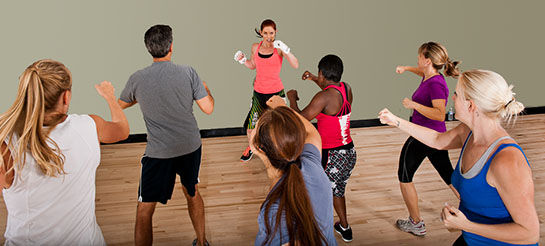
Gaining confidence as a group fitness instructor comes with experience, but if you are a new instructor, you probably want to be the best you can be, right now. Luckily, allowing your confidence to shine through involves more than just experience. There are immediate strategies you can apply to appear more confident as a group leader (even if you don't feel 100 percent confident). Here are 10 tips for fast-tracking confidence so you can stand in front of a class or boot camp of any size with poise, self-assuredness and a greater ability to command the crowd.
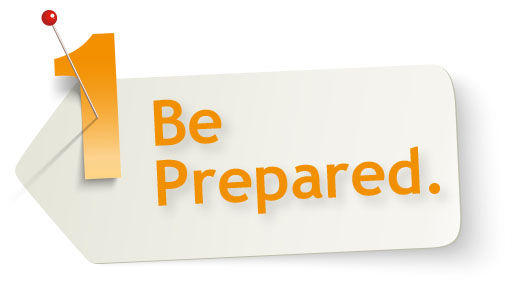
This first strategy is the most obvious, but it’s foundational to the other nine strategies. Preparation for group leaders comes in the form of ongoing education and lesson plans. Knowing the how’s and why’s behind what you teach automatically makes you feel more secure in your abilities. And stepping into a class or boot camp with a blueprint of how you want the workout to play out helps quell any jitters about making sure the class runs smoothly. For boot camps, devise a plan for how participants will transition from one move to the next, and be clear on why you’ve selected certain exercises. For group fitness classes, jot down your choreography and practice it on your own before introducing it to participants.

Even if you map out how you want the class or boot camp to proceed, it doesn’t always go as you would have hoped. So anticipate challenges and potential pitfalls. Knowing how to handle tricky situations before they arise helps eliminate worry about what to do if something doesn’t go your way. For example, stash an extra CD in your bag in case you forget your iPod at home or its battery dies. Pre-plan exercise modifications in case a pregnant or injured participant shows up for your drop-in class or an outdoor bench or park space you planned to use for your boot camp is unexpectedly occupied.
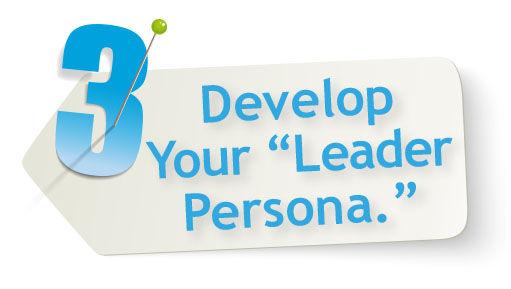
Hone in on your teaching personality and what you are most known for as a group leader. Analyze what special experience you provide in your workouts, then emphasize that experience in your classes or boot camps. For example, how would people describe you as a leader? This is about you — it’s not about how participants would describe your classes or boot camps. Consider the “leader persona” you convey when you stand in front of a group. Your leader persona could be a combination of what you say (e.g., you offer a lot of technical instruction), how you look (e.g., your style of dress or body type), what you teach (e.g., class format or style of boot camp), or how you act (e.g., mellow, boisterous, funny).

It can be especially intimidating for new instructors to stand in front of a group that changes every week, which is exactly what happens with traditional group exercise. You never know who is going to be in a group fitness class, so there are almost always unfamiliar faces. Get to know your most regular participants, and consider them your allies. Most of your “regulars” are specifically there because of you; look to their familiar faces to help boost your confidence as you teach.

On the flipside of the previous point, accept that some people just won’t care for your classes/boot camps or your style of instruction. Even though it happens to almost every group fitness instructor at one time or another, it can be a real confidence-shaker. When I was a less-experienced instructor than I am now, two participants at an upscale fitness club approached me after class to inform me that my 9:30 a.m. workout “wasn’t worth getting out of bed for in the morning.” Ouch! I was obviously upset, but I still really, really wanted these women to like me! And guess what? They never did. When I stopped trying to win them over and started concentrating on participants at other facilities who enjoyed and appreciated my classes, I was much happier. The sooner you let go of trying to please everyone, the more confidence you’ll gain.
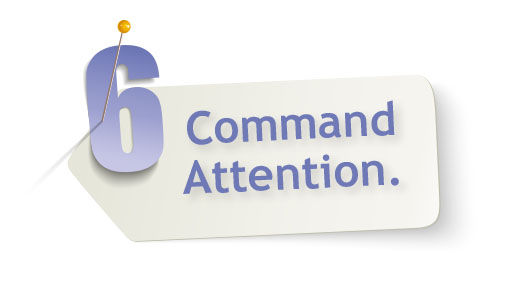
If you are a personal trainer and boot-camp instructor, you might be most familiar with the individual interactions you have with clients. However, you must adopt a different style for sharing information and teaching exercises to a group, especially a large one. Communicating to a group is vastly different from communicating in a one-on-one situation.
Here are three key techniques for commanding attention as a group fitness instructor, whether you teach boot camps or traditional group exercise:
- Use animated body movements and gestures to show participants what you want them to do and/or which direction you want them to go. Make arm movements strong and precise all the way to your hands and fingertips.
- Your facial expressions can create a powerful impression about your level of confidence. New group fitness instructors sometimes forget to smile because they’re nervous or preoccupied with teaching the exercises. Make it a point to smile often at participants. It helps put them—and you—at ease.
- Speak audibly (without yelling), using a friendly but commanding voice. To help engage the entire group, address the people at the back of the crowd, not just those who are directly in front of you.

How you present yourself as a group fitness instructor can make you appear either more confident or less confident, regardless of how you actually feel. For example, when you walk onto the boot-camp field or into a fitness studio, it helps to be immediately identifiable as the instructor. Part of your “visual brand” as a group fitness instructor is based on your body language and how you carry yourself. However, it may also be connected to what you wear (e.g., professional-looking t-shirt with your business logo; traditional boot-camp outfit; athletic shoes that look clean and new, not old and overused). Even if you exercise alongside participants (as is common in traditional group exercise), you are not just working out—you are at work. A well-worn t-shirt might be most comfortable, but it may not effectively set you apart as the leader.
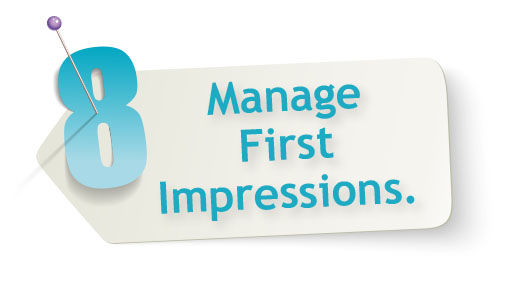
The first five minutes or so of a traditional group fitness class or boot camp sets the stage for the entire workout. Yet, new group fitness instructors often miss the opportunity to make a stellar first impression during this crucial time. Don’t wait until the middle of the class to showcase your strong leadership and motivational skills. Pump lots of energy and enthusiasm into the start of your class or boot camp—before and during the warm-up. Greet people as they arrive, and when the class or boot camp begins, command the crowd (see tip #6) to assert your leadership role.

There is a lot of pressure these days for trainers and instructors to keep up with the latest fitness fads. Unfortunately, you are bound to struggle with waning confidence if you find yourself teaching a format that is beyond your knowledge base or one you wouldn’t participate in for your own enjoyment. Likewise for trying to instruct in a style that doesn’t mesh with who you really are. You might never be comfortable as a boisterous boot camp “drill sergeant” if your personality is more subdued. Stick to what you know and love best, and a greater sense of confidence will naturally follow.

Sometimes it seems as if the most critical participants can “smell” fear or nervousness in a new group fitness instructor, which—as unfair as it is—just makes them more critical. As a credible fitness pro, you wouldn’t “fake” your fitness knowledge or expertise, but faking your level of confidence is a different story! Doing so can help you win over those discerning participants who expect only the best. Use the previous nine tips in this article to help create the impression that you are a calm, cool and collected group fitness instructor, even if you happen to be doubting yourself or feeling like a bundle of nerves on the inside. When you show confidence in yourself, your participants are more likely to have confidence in you, as well.





 by
by 












